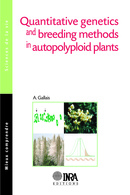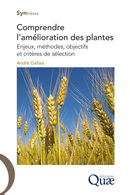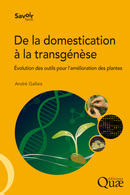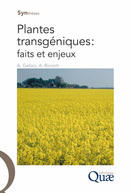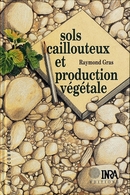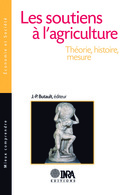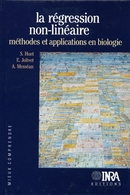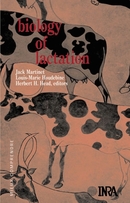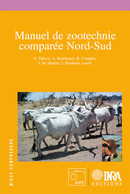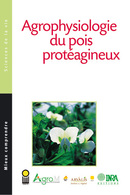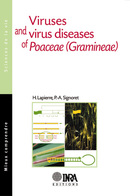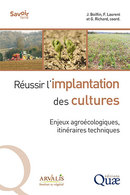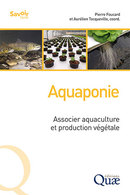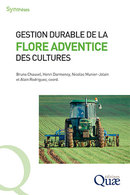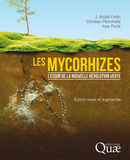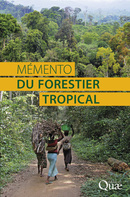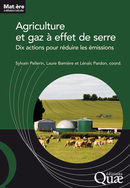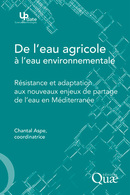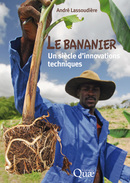Quantitative Genetics and Breeding Methods in Autopolyploid Plants
Comprendre l'amélioration des plantes Enjeux, méthodes, objectifs et critères de sélection
Livre papier 24,00 €
De la domestication à la transgénèse Évolution des outils pour l’amélioration des plantes
Livre papier 15,00 €
La régression non-linéaire Méthodes et applications en biologie
Sylvie Huet, Emmanuel Jolivet, Antoine Messéan
eBook 17,99 €
Éléments de génétique quantitative 2 e édition revue et augmentée
Livre papier 53,80 €
Réussir l’implantation des cultures Enjeux agroécologiques, itinéraires techniques
Livre papier 40,00 €
Les mycorhizes L'essor de la nouvelle révolution verte
J. André Fortin, Christian Plenchette, Yves Piché
Livre papier 26,00 €
De l'eau agricole à l'eau environnementale Résistance et adaptation aux nouveaux enjeux de partage de l’eau en Méditerranée
Livre papier 38,00 €
Le bananier Un siècle d’innovations techniques
Livre papier 50,00 €
Caractéristiques
Langue(s) : Anglais
Editeur : Inra
Edition : 1ère édition
Collection : Mieux comprendre
Publication : 1 janvier 2003
Référence Livre papier : 01494
Référence eBook [ePub] : 01494EPB
Référence eBook [PDF] : 01494NUM
EAN13 Livre papier : 9782738010933
EAN13 eBook [ePub] : 9782759214778
EAN13 eBook [PDF] : 9782759202461
Intérieur : Bichromie
Format (en mm) Livre papier : 160 x 240
Nombre de pages Livre papier : 516
Nombre de pages eBook [PDF] : 516
Poids (en grammes) : 905
Taille(s) : 33,8 Mo (ePub), 26,4 Mo (PDF)





